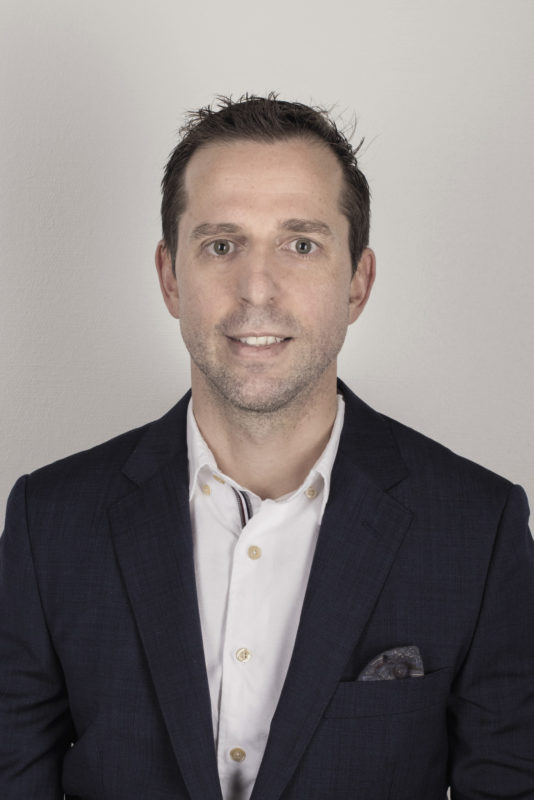
Photo: Jubaili Bros.
Jubaili Bros. has been focused on providing diesel generation sets, engines, and alternators for decades. How has your business model adapted for clean energy?
The Shams Dubai Initiative in 2015 was the catalyst for our end to get started in the solar industry. When joining the company in 2006, I requested that we start operations in solar but when we did the research, we found out that there was not much of a PV market back then. We ended up starting the solar division in 2017 – and it was as my personal initiative run separately from the rest of the company. The Jubaili Bros. Solar Division has its own team identity. Having become a distributor for solar equipment in the region gives us a much broader reach than we would if we did installations.
What role do you think that battery energy storage generation will play in the future for your company and the Middle East region?
Battery storage will play an important role in every region in the world offering grid stabilization, peak shaving and various other services. It will all depend on a region’s migration to renewable energy. For the Middle East specifically, it is rather difficult to predict whether the region will migrate completely away from fossil fuels – considering that it has nearly free access to fossil-fueled electricity.
We have seen a new wave of ‘mega’ solar farms in the Middle East. Do you think that this is a trend that will continue in the region?
This trend will continue because of two main reasons. Firstly, because there are some large companies in the Middle East that are trying to become world leaders in the utility-scale space; and secondly, because the region has excellent solar irradiation which leads to world record-breaking prices for solar. A potential threat is that such ‘mega’ utility-scale projects are driven by local governments – and governments can change their minds. But the private sector will continue developing C&I projects regardless.
Is there place for smaller PV farm development, say 10 to 40 MW, in MEA?
We have seen a lot of appetite for C&I projects of that size via wheeling, meaning the PV plants are being installed away from the power consumption site and potentially generating electricity for a number of private customers. Wheeling projects are installed in Jordan, for example. However, regulation needs to allow it. In the United Arab Emirates (UAE), the Dubai Electricity and Water Authority has recently stopped allowing all ground-mounted C&I solar PV projects from the Shams Dubai Initiative, and have capped all rooftop projects at 2 MW. This regulation will hit the local market hard, putting many large C&I solar projects up to 50 MW in jeopardy of being canceled.
Several Middle East economies are strongly linked to the oil and gas industries. Given the current slump in oil prices due to Covid-19, do you think that there are new opportunities and/or challenges for solar PV in these countries?
We see from our experience working in Pakistan, Asia, and Africa that minigrid systems combining diesel, solar, and batteries provide effective solutions to rural areas. However, because we are in a market where oil is basically the economy, this can drive such projects down in the region. Regarding utility projects, I am not sure if governments will cancel them because, at the end of the day, an investment in solar is always a good investment. Solar PV is a proven technology, and there is also a lot of funding for renewable energies internationally. So in the end, these governments may not even need to use their own money to fund utility projects.
Do you see growing activity of solar-powered water desalination throughout the region?
Yes, we absolutely see this and we are currently working on a 35 MW solar PV water desalination project in the northern part of the United Arab Emirates. Since our client also operates other desalination projects, we will probably see this initial business venture extending to other sites too. Solar PV is cost-effective and can help reduce the cost of desalinating water all over the Middle East.
There is a widespread perception that solar PV systems in the Middle East have to undergo harsh weather conditions. What is your experience on this front?
You need to have very strong regulations for the construction of solar PV systems due to harsh weather conditions, such as humidity and dust, in the region. In fact, UAE regulators have been very strict on this, setting restrictions that have often brought on project construction delays. At the same time, due to these regulations we are certain that solar projects installed in the UAE are able to withstand local weather conditions.
Having said that, investors need to select their projects’ equipment very carefully. I believe, for example, that Huawei’s inverters, which are IP66-rated, are the best inverters in the world for this region. There are more and more projects designed with Huawei inverters, which reflects my view.
String versus central inverters? What is your take for projects in the Middle East?
I am fully in favor of string inverters. Central inverters are typically larger in size and have more power capacity per unit, yet they require continuous maintenance during their lifespan; any failure will be significant due to their large electrical capacities. Furthermore, central inverters tend to need a lot of ventilation, and replacing a central inverter takes a lot of time. With bifacial panels too, there will be voltage fluctuations even from panel to panel and investors won’t be able to maximize bifacial panels using central inverters. One reason that I favor Huawei’s inverters in particular is that they come with multiple MPP trackers, allowing for multiple orientations.
This content is protected by copyright and may not be reused. If you want to cooperate with us and would like to reuse some of our content, please contact: editors@pv-magazine.com.